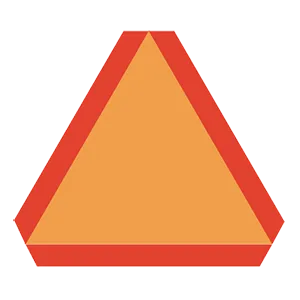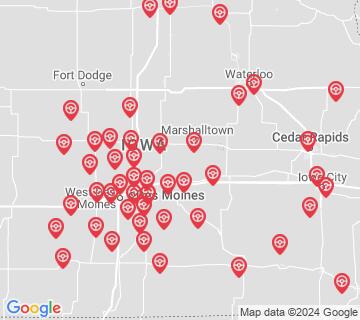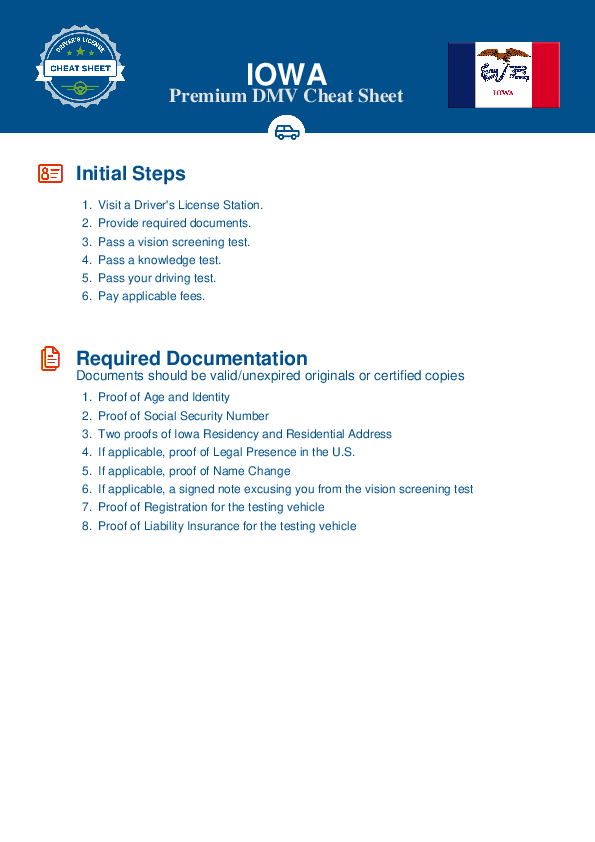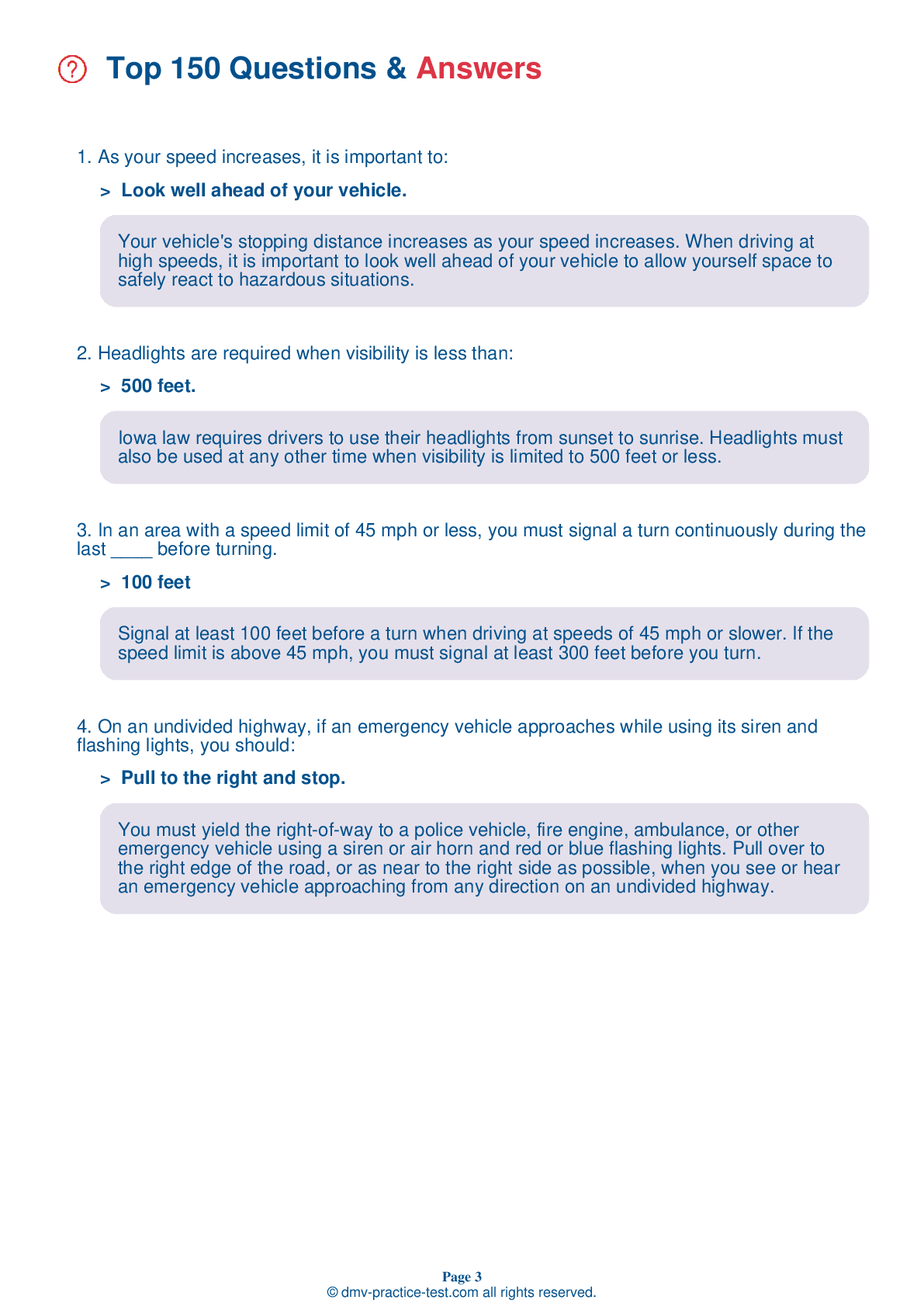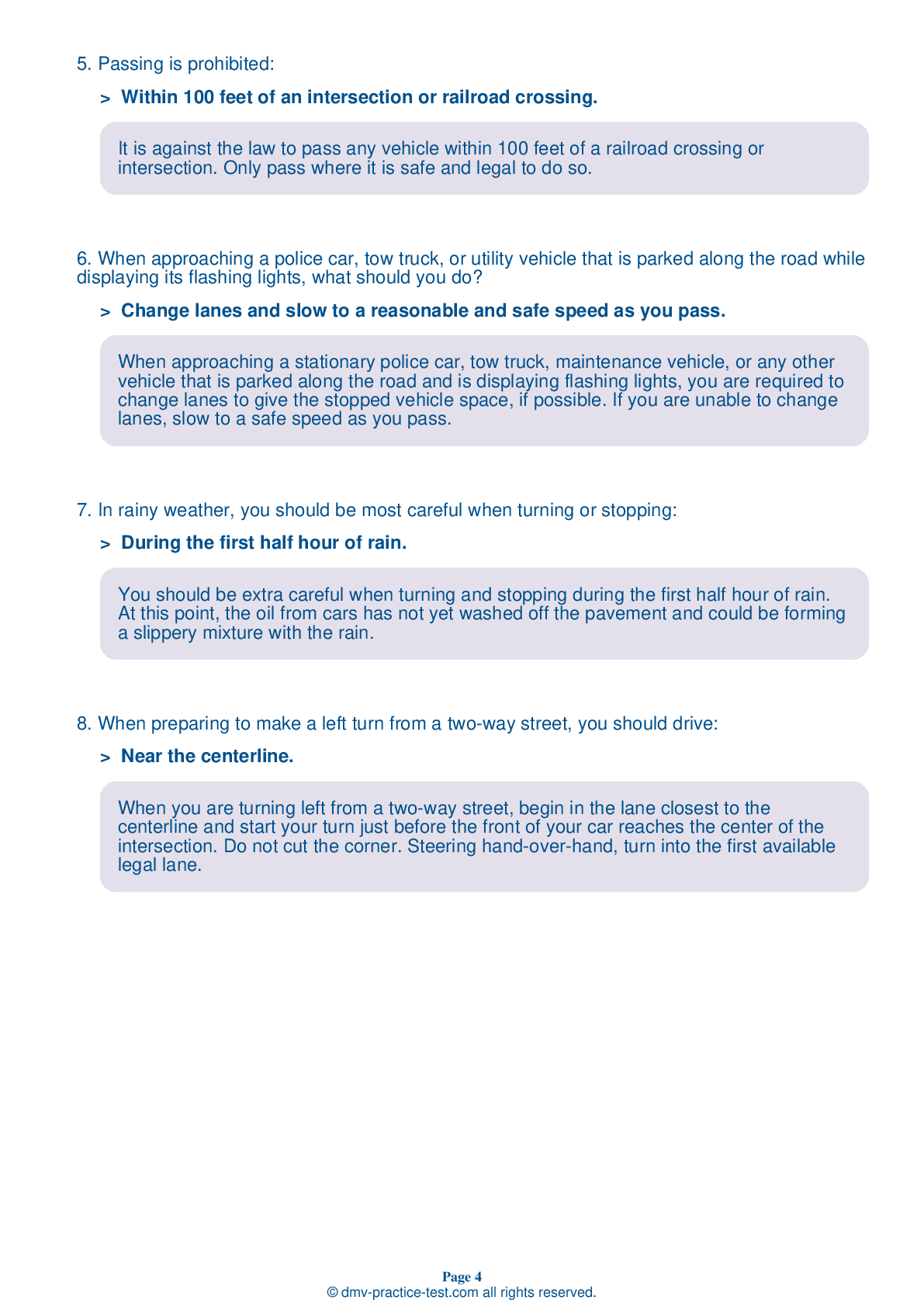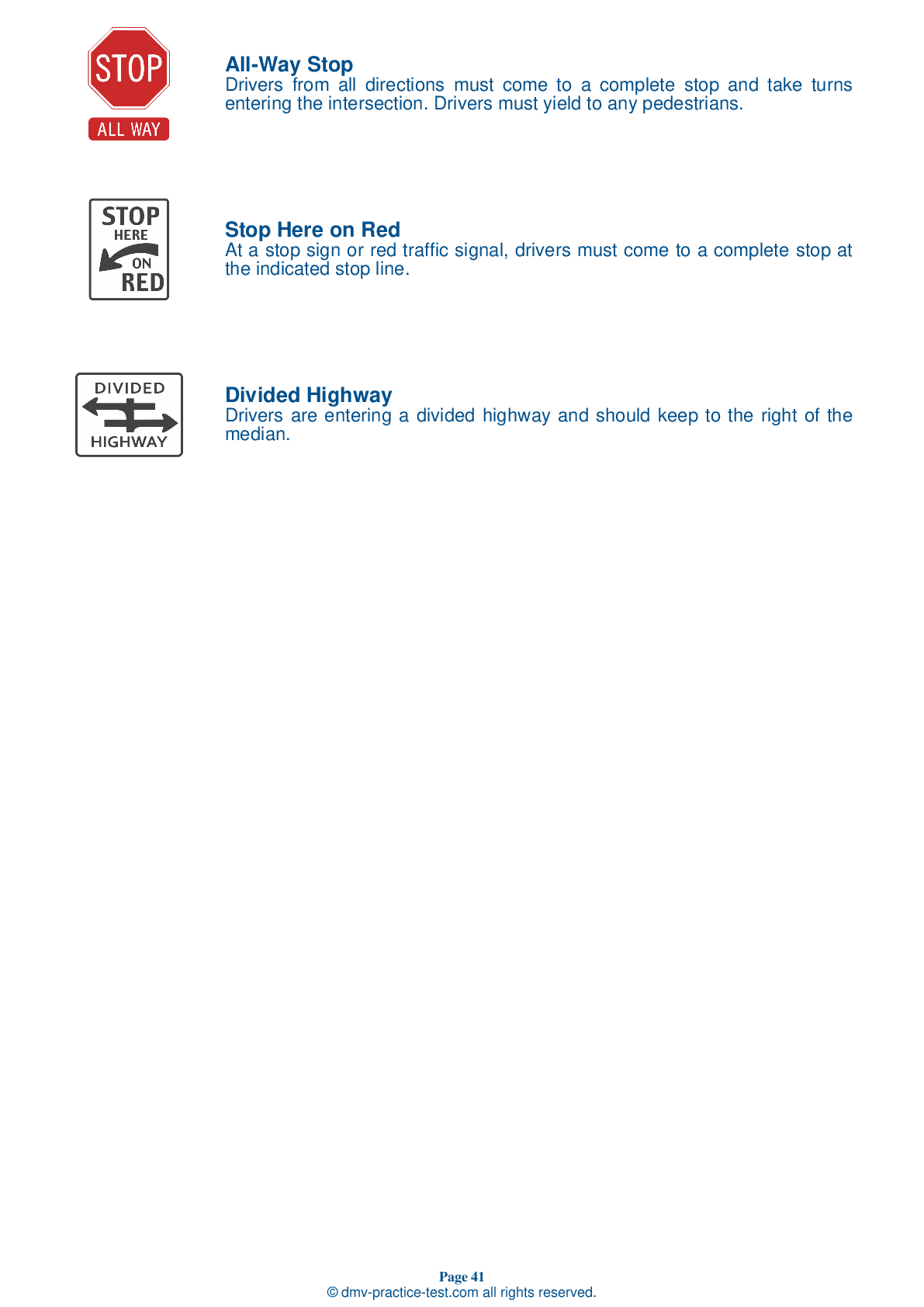FREE Iowa DMV Practice Test #23 Page 3 of 5
The DMV practise tests in Iowa have been updated for January 2025. It comprises questions based on the most important traffic signals and legislation for 2025 from the Iowa Driver Handbook. To study for the DMV driving permit test and driver's licence exam, use actual questions that are very similar (often identical!) to the DMV driving permit test and driver's licence exam.
Each question on the practise exam has a tip and explanation to help you recall the ideas. Questions about traffic rules, traffic signs, and driving statutes, as well as information from the Driver Handbook, will be included in the written portion of the official Iowa DMV test.
You must properly answer 28 of the 35 questions to receive a passing mark. To help you prepare for your Iowa instruction permit or driver's licence, take our DMV practise test.
The DMV exam is offered in a variety of languages.
Using any form of testing help will result in an automatic fail, and the DMV may take further action against your driver's licence, so avoid it.
17 . The effect that lack of sleep has on your safe driving ability is the same as:
Fatigue and being under the influence of alcohol have similar effects on your ability to drive safely. For example, being awake for 18 hours impairs your driving about as much as a blood alcohol level of 0.05 percent. Being awake for 24 hours in a row has the same effect on your driving as a blood alcohol level of 0.10 percent.
18 . Blind spots are:
When changing lanes, look over your shoulder in the direction you plan to move. Check for obstructions near the rear corners of your vehicle. These areas are called “blind spots” because you cannot see them by using your mirrors.
19 . If the rear of your vehicle is skidding to the left, you should:
If you begin to skid on a wet or icy road, take your foot off the accelerator, stay off the brakes, and turn your steering wheel in the direction of the skid. However, if you have anti-lock brakes, you should apply your brakes firmly and steer straight ahead.
20 . This sign means:
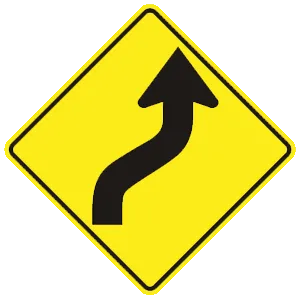
Warning signs are used to warn drivers about upcoming hazardous conditions and are usually yellow with black markings. This sign warns drivers that the road ahead curves to the right and then to the left.
21 . You are turning onto a two-lane road divided by a broken yellow line. You know immediately that:
Yellow centerlines are used to separate traffic moving in opposite directions. Broken lines may be crossed to pass slower-moving traffic when it is safe to do so.
22 . When changing lanes, you can check your blind spot by:
Even if your vehicle is properly equipped with mirrors, there are blind spots that cannot be seen by using the mirrors. Before changing lanes, look over your shoulder to check these areas.
23 . This sign means:
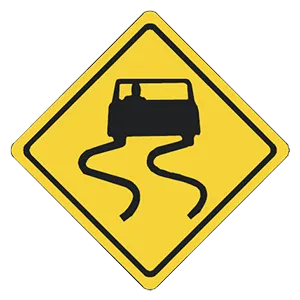
All roads are slippery and dangerous when wet. This sign warns of conditions that can cause a driver to lose control of a car. A driver should slow down when coming upon wet pavement because it takes longer to stop.
24 . This symbol is used for:
